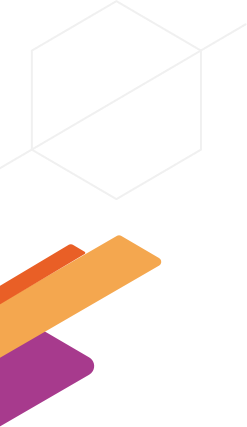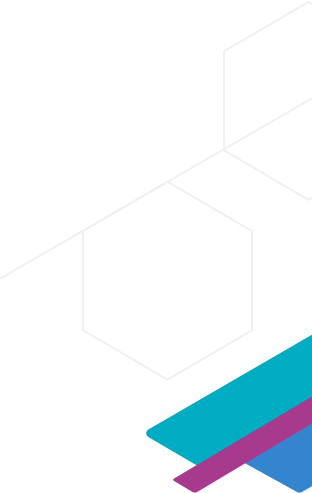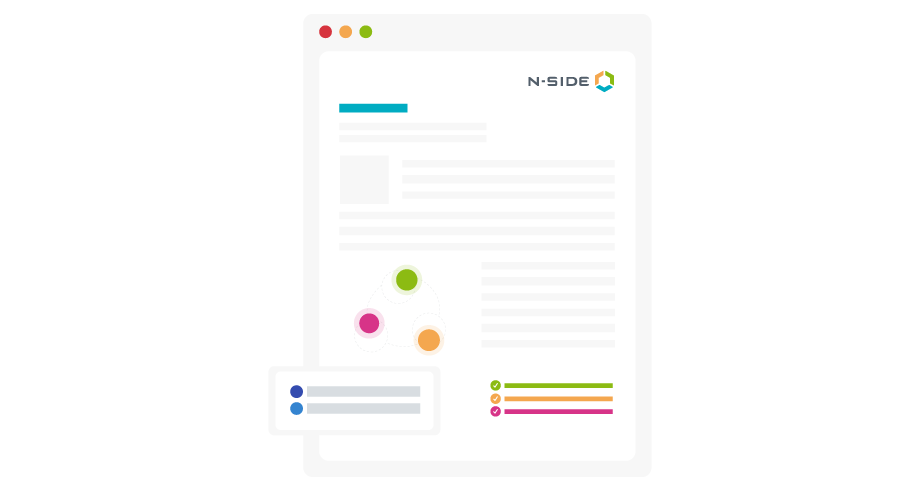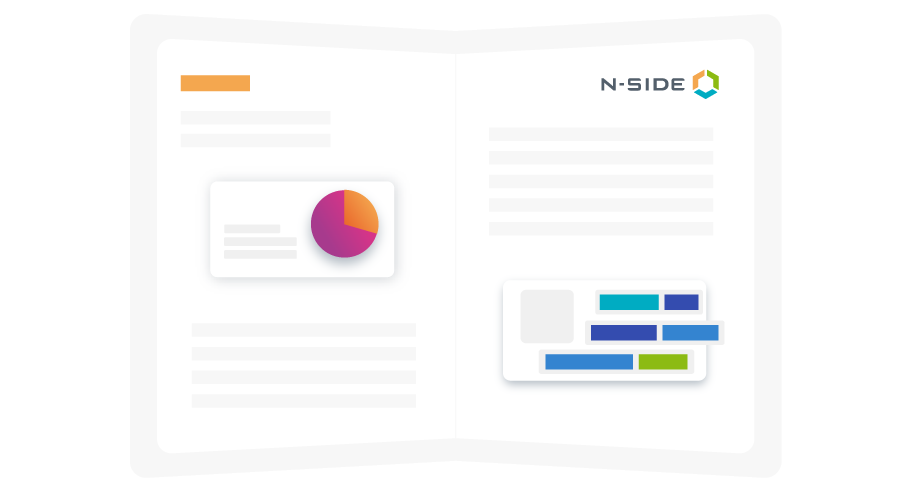Unlock the hidden value


"How best in class biopharma companies have reduced their drug waste by 50%"
Did you know that the estimated waste level of packaged material in the industry is between 50 - 70%? These numbers are based on N-SIDE’s analysis and the results of surveys performed by McKinsey.
However, what is interesting is that most pharmaceutical organizations actually don’t realize they have such a high level of waste. This can be explained for multiple reasons.
Reasons why companies do not realize they have high drug waste levels in their trials
First of all, each company has a different way of calculating trial waste, making it difficult to have a proper benchmark in the industry. Even within the same organization, it can be difficult for different teams to have complete visibility on the overall waste management, and understand if all aspects of the patient demand have been covered.
The accuracy of the demand forecasts is also very important, in terms of quantities to be packaged or sourced, and also considering the right timing. To counter-balance the level of uncertainty, supply chain managers often inflate their demand forecasts as well, giving them the wrong impression of low waste level in their clinical trials.
Last but not least, the expected waste level at the beginning of the trial can also be very different from the actual one at the end of the trial.
Ways to keep waste under control
To keep the waste levels under control, frequent monitoring and adjustments have to be considered along the way. In doing so, the team can anticipate any deviations, from the recruitment projections to the various supply chain needs.
To better understand what is the level of waste in your organization and its root causes, don’t hesitate to request a waste analysis for one of your trials. Our N-SIDE experts can support you to unlock the hidden value in your clinical supply chain planning.



About the Author
Marine holds a Master degree in Business Engineering. Passionate about Technology and Life Sciences, she couldn't dream of a better place to work than N-SIDE. Since 4 years now, she has been dedicated to bring innovation in clinical trials supply chain through end-to-end optimization. Marine is now responsible to expand N-SIDE's global footprint into the APAC market and build strong partnerships in the region.
Marine du Jardin




Increase your knowledge with these related resources

article
What is clinical trial supply optimization
Clinical trial supply optimization is the process of supplying the right amount of investigational medicinal product (IMP) and comparators to all trial sites so all patients receive their doses on schedule.
By optimizing the clinical trial supply strategy, all sites can be safely supplied while minimizing both costs and drug waste. This is accomplished by calculating drug product overage as an output of optimization models.
read more
case study
N-SIDE collaborates with AstraZeneca
N-SIDE and AstraZeneca worked together to reduce the waste and cost of this trial while still keeping the patients and their safety at the center of their concerns.
Read the case study to learn what they discovered and see the results they managed to reach. Overall, not only did they manage to reduce both the cost and drug waste levels of this study but some changes helped decrease the risk of missed dispensing for the patients as well.
deep dive
article
How AI & Machine Learning Are Improving Clinical Trial Forecasting
Clinical trials are becoming more complex. New types of therapy like biologics and personalized medicine, as well as treatments targeting rare diseases, create challenges in recruitment, supply chains, and trial protocols.
Trials are also getting more expensive. The global clinical trials market size is expected to reach $69.3 billion USD by 2028, up from $44.3 billion in 2020. At the same time, however, only around 12% of drug development programs end in success.


